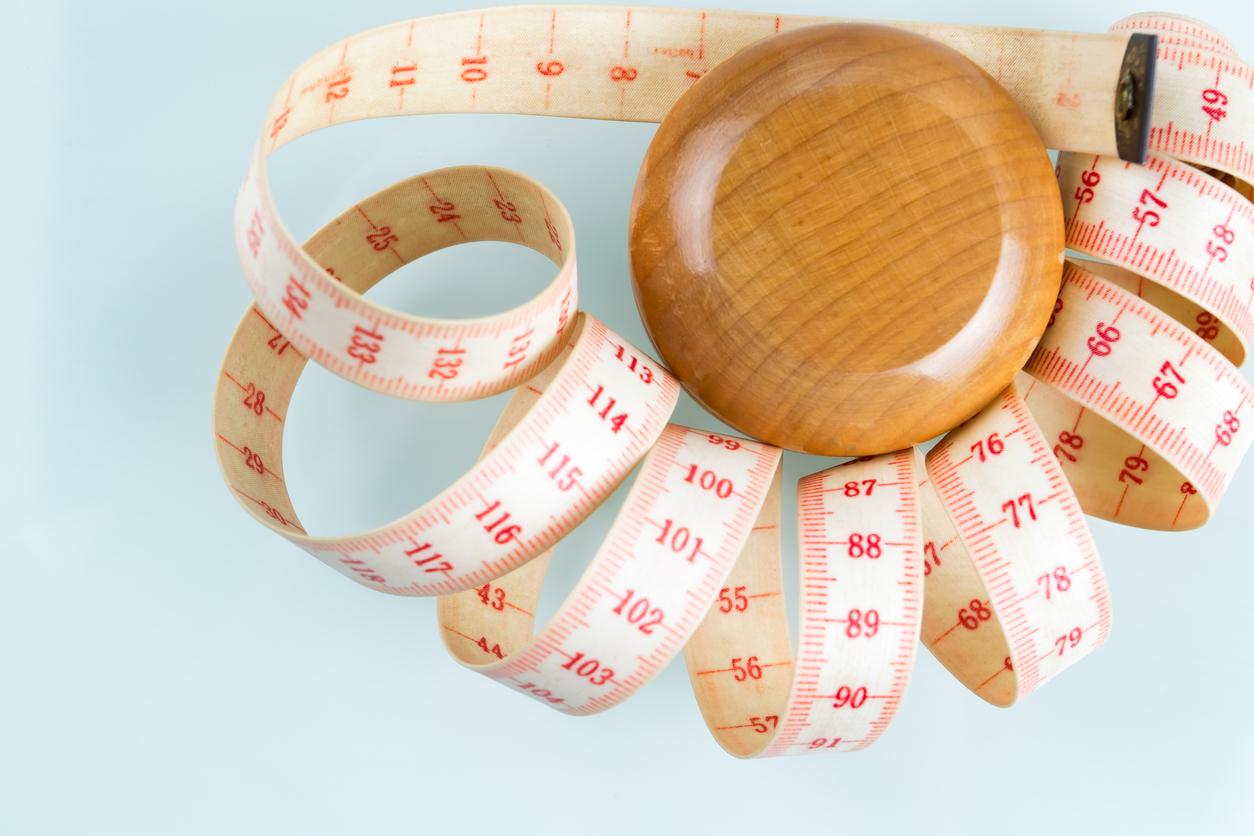When you have never skipped a meal, it is with this preliminary that you must begin: identify and listen to his food sensations, and not eat without hunger. “Our Western society eats a lot, and it is formatted on the principle of having 3 meals a day (which remains recent and does not exist everywhere in the world). But, in reality, no scientific data proves that this food organization has a real interest in terms of weight and health, explains Pr Antoine Avignon, head of the nutrition-diabetology department at the Montpellier University Hospital. “It is essential to s strive to rediscover your food sensations of hunger and satiety, and to respect them.”
This translates into knowing how to adapt your meals (and their quantity) to your appetite, but also skipping those for which you are not actually hungry. This allows you to realize that you can feel good without eating every 4 hours. Because contrary to what we sometimes believe, living with a full stomach all the time is not particularly good for your health.
Slim down gently with intermittent fasting
What is sometimes called in France “intermittent fasting”, or “16:8” is actually what specialists call a “TRE” or Time Restricted Eating (translation: restricted eating windows). In practice, it is a question of eating only during short intervals of time, 4 to 8 hours maximum per 24 hours, and of “fasting” the rest of the time, for at least 16 consecutive hours. It is enough (for example) to finish your dinner at 8 p.m. and only eat again at lunch the next day from 12 p.m. (which is equivalent to 16 hours of non-food): you just have to skip breakfast… and not nibble anything in front of the TV!
Conversely, you can also have breakfast and lunch and skip dinner in the evening to eat again the next morning: you can then easily exceed 16 hours to reach 17 or 18 hours of fasting. A randomized American study, published in “Cell Metabolism” in 2020 on patients who spaced out their meals in this way for 10 weeks (without any other dietary restrictions), showed a loss of 3% of their weight.
>> Should I skip breakfast or dinner? “According to scientific data, rather dinner, which will be more effective for weight loss. However, you must not be dogmatic, and it is also a personal choice, depending on your way of life,” explains Professor Avignon. If you’re having dinner with the family, it may seem easier to skip breakfast (as long as you don’t dine too late), whereas if you come home late and tired, going to bed without eating may be easier.
>> How often to practice this intermittent fasting? “At least once or twice a week, according to Professor Avignon. But it can also be done every day: it’s safe! Everyone on the planet does not eat 3 times a day, and above all, the body and the mind get used to it. »
This protocol has the advantage of remaining flexible, if you want to keep your breakfasts (or dinners) on weekends, for example. It is also essential to continue your usual physical activity (without abuse), in order to avoid muscle wasting, and to draw your energy well from fat: you do not stay in bed or on the sofa under the pretext that you do not eat ! If you used to go swimming or Nordic walking, keep going: yes, you can exercise on an empty stomach without fainting! Listen to your body…
To be followed with caution: the One Meal A Day fast
OMAD means “One Meal A Day”, to be translated by “one meal a day”: it’s a kind of intermittent fasting pushed to its maximum (23 hours of non-food). You can choose to keep lunch or dinner, the second solution being often more practical when you have dinner with the family (provided you do not go to bed too quickly after it so that falling asleep and the quality of sleep do not are not disturbed by digestion).
“There is no scientific literature on this type of fast, but some societies only have one meal a day, and I don’t think it’s harmful,” comments Professor Avignon. Even if it can be done without suffering, this fast must be used with caution: “OMAD fasting can lead to protein deficiency and a decrease in basal metabolism if it is practiced every day for several weeks in a row. I rather advise to practice it 1 day out of 2 or 2 days a week, or to combine it with the 16:8 on the other days” recommends Dr. Bourdua-Roy, Quebec doctor, specialist in fasting.
Work-study solutions
- The 5:2 or Fasting (from “to fast” which means to fast) is a modified fast which consists of eating normally 5 days a week (with 2 or 3 meals a day according to one’s needs and desires), and of inserting 2 weekdays (non-consecutive) during which one only consumes 20 to 25% of one’s energy needs (about 500 kcal for a woman) in very small meals. We can thus eat normally on Monday, Wednesday, Friday and the weekend, and fast on Tuesday and Thursday. “Like 16:8, this type of fast is favorable, but it forces you to count your calories, which I do not recommend: it becomes restrictive, and risks pushing you to classify your foods into categories (“rich” or not, even “healthy” and “unhealthy”), which is, in my opinion, not recommendable” specifies Professor Avignon.
- “Alternate Fasting” as the name suggests, consists of alternating between a normal eating day and a fasting day, and can be repeated several times a week. The weight loss associated with these types of fasting is estimated, according to some studies, between 5 and 7% of body mass in a few months.
The rest of the time, what do I eat?
Apart from the periods of fasting when you don’t eat anything, the rest of the diet is not controlled: you are therefore free to eat what you want, that’s the whole point since there is no more diet. As for the meals before and after the fast, it is up to you, according to your desires and your appetite. In practice, it is only for long fasts (which must be accompanied) that it is necessary to carry out a phase of descent (before) and recovery (after) food.
Read also :
- Calculate your BMI with our online tool
- Slimming: 12 tips to lower the glycemic index
- Slimming: how to compose a light and satiating soup
- Slimming: we have lightened 9 classic winter dishes
















